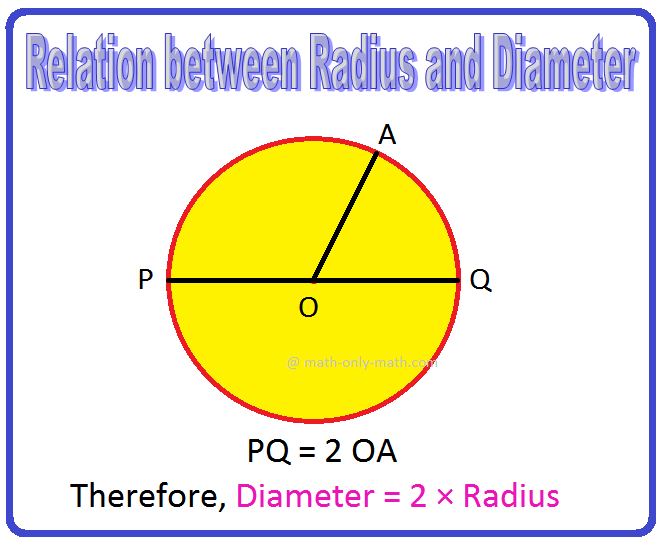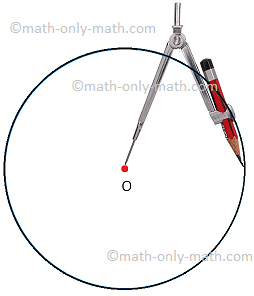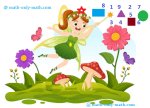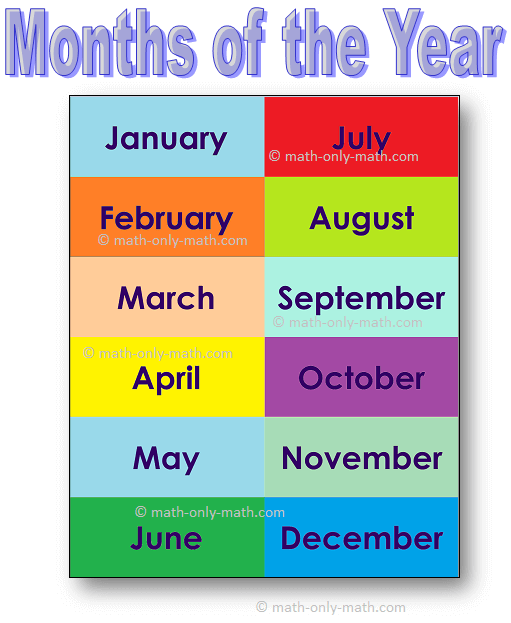Problems on Arithmetic Progression
Here we will learn how to solve different types of problems on arithmetic progression.
1. Show that the sequence 7, 11, 15, 19, 23, ......... is an Arithmetic Progression. Find its 27th term and the general term.
Solution:
First term of the given sequence = 7
Second term of the given sequence = 11
Third term of the given sequence = 15
Fourth term of the given sequence = 19
Fifth term of the given sequence = 23
Now, Second term - First term = 11 - 7 = 4
Third term - Second term = 15 - 11 = 4
Fourth term - Third term = 19 - 15 = 4
Fifth term – Fourth term = 23 - 19 = 4
Therefore, the given sequence is an Arithmetic Progress with the common difference 4.
We know that nth term of an Arithmetic Progress, whose first term is a and common difference is d is tn = a + (n - 1) × d.
Therefore, 27th term of the Arithmetic Progress = t27 = 7 + (27 - 1) × 4 = 7 + 26 × 4 = 7 + 104 = 111.
General term = nth term = an = a + (n - 1)d = 7 + (n - 1) × 4 = 7 + 4n - 4 = 4n + 3
2. The 5th term of an Arithmetic Progression is 16 and 13th term of an Arithmetic Progression is 28. Find the first term and common difference of the Arithmetic Progression.
Solution:
Let us assume that ‘a’ be the first term and ‘d’ be the common difference of the required Arithmetic Progression.
According to the problem,
5th term of an Arithmetic Progression is 16
i.e., 5th term = 16
⇒ a + (5 - 1)d = 16
⇒ a + 4d = 16 ................... (i)
and 13th term of an Arithmetic Progression is 28
i.e., 13th term = 28
⇒ a + (13 - 1)d = 28
⇒ a + 12d = 28 .................... (ii)
Now, subtract the equation (i) from (ii) we get,
8d = 12
⇒ d = \(\frac{12}{8}\)
⇒ d = \(\frac{3}{2}\)
Substitute the value of d = \(\frac{3}{2}\) in the equation (i) we get,
⇒ a + 4 × \(\frac{3}{2}\) = 16
⇒ a + 6 = 16
⇒ a = 16 - 6
⇒ a = 10
Therefore, the first term of the Arithmetic Progression is 10 and common difference of the Arithmetic Progression is \(\frac{3}{2}\).
● Arithmetic Progression
- Definition of Arithmetic Progression
- General Form of an Arithmetic Progress
- Arithmetic Mean
- Sum of the First n Terms of an Arithmetic Progression
- Sum of the Cubes of First n Natural Numbers
- Sum of First n Natural Numbers
- Sum of the Squares of First n Natural Numbers
- Properties of Arithmetic Progression
- Selection of Terms in an Arithmetic Progression
- Arithmetic Progression Formulae
- Problems on Arithmetic Progression
- Problems on Sum of 'n' Terms of Arithmetic Progression
11 and 12 Grade Math
From Problems on Arithmetic Progression to HOME PAGE
Didn't find what you were looking for? Or want to know more information about Math Only Math. Use this Google Search to find what you need.
Recent Articles
-
Symmetrical Shapes | One, Two, Three, Four & Many-line Symmetry
Apr 23, 24 04:50 PM
Symmetrical shapes are discussed here in this topic. Any object or shape which can be cut in two equal halves in such a way that both the parts are exactly the same is called symmetrical. The line whi… -
Relation between Diameter Radius and Circumference |Problems |Examples
Apr 23, 24 03:15 PM
Relation between diameter radius and circumference are discussed here. Relation between Diameter and Radius: What is the relation between diameter and radius? Solution: Diameter of a circle is twice -
Circle Math | Terms Related to the Circle | Symbol of Circle O | Math
Apr 22, 24 01:35 PM
In circle math the terms related to the circle are discussed here. A circle is such a closed curve whose every point is equidistant from a fixed point called its centre. The symbol of circle is O. We… -
Preschool Math Activities | Colorful Preschool Worksheets | Lesson
Apr 21, 24 10:57 AM
Preschool math activities are designed to help the preschoolers to recognize the numbers and the beginning of counting. We believe that young children learn through play and from engaging -
Months of the Year | List of 12 Months of the Year |Jan, Feb, Mar, Apr
Apr 20, 24 05:39 PM
There are 12 months in a year. The months are January, February, march, April, May, June, July, August, September, October, November and December. The year begins with the January month. December is t…





